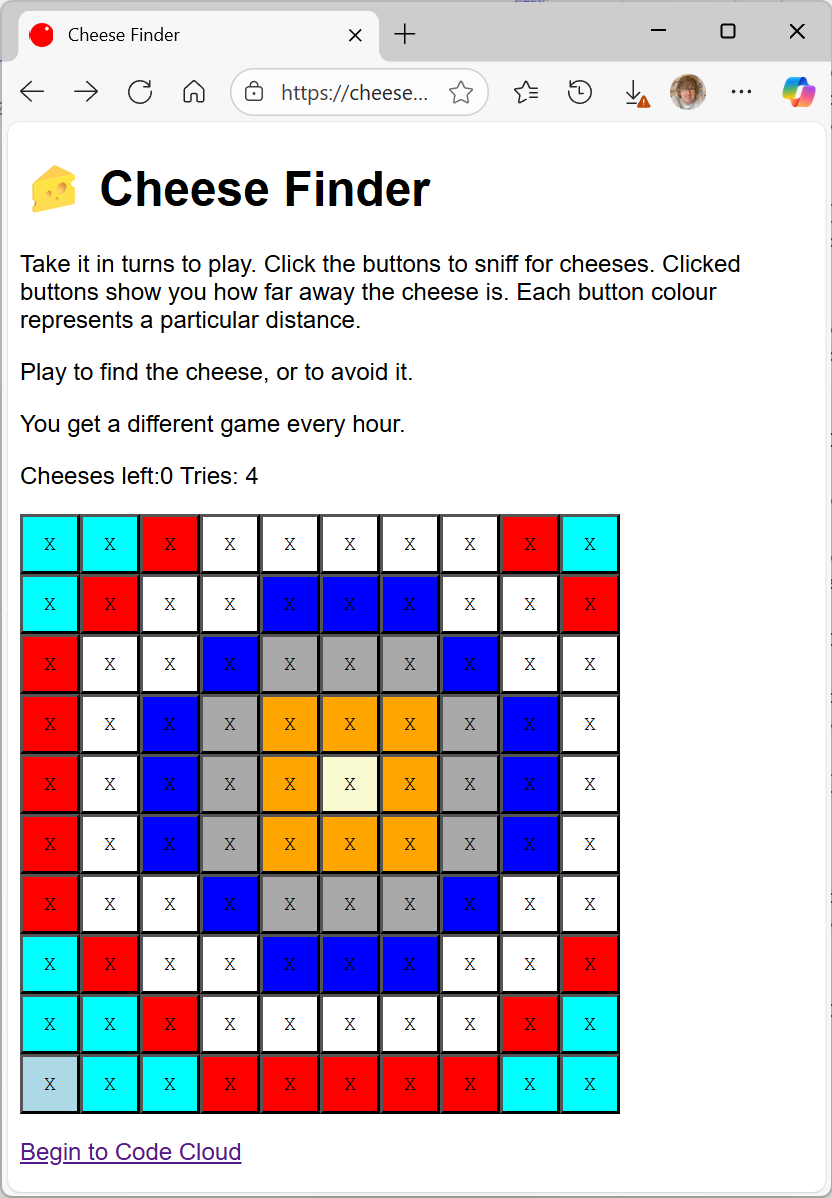Three Thing Game Summer 2014 Wrap Up
/We had had a great time yesterday writing our games. I left around 10:30 pm having made a good start on my game. Then I was back developing at 7:00, along with lots of the other teams who seemed to have stayed all night and loved it. I lost a few hours doing academic things around the department, but at the end I've got something that I'm kind of proud of (at least from the outside - the code is horrible) and I'm going to get it into a demonstrable form.
I'm not sure what the market is like for "Old School" text based adventures, but I'm going to find out. By the end we had 7 teams who finished up with demonstrable games. And by that I mean proper games. With a beginning, middle and end. And artwork and sound effects. Amazing, and in just about a day. Simon and Kevin wandered around judging and I followed with a wobbly camera. You can see the results here:
The standard was astonishing. The winners were 1.21 Gigabytes,
The judges also highly commended these two teams.
It really was a fantastic occasion. Thanks to Dave for letting us play with his lab, Simon and Kevin for Judging, David, Simon and Martin for running the night shift, John for dropping round from C4DI and kudos to all the folks that took part. And book now for Three Thing Game Autumn, running from 31st October to 1st November.
There are more team and winner pictures here.
Update: Forgot to mention. The voting for the People's Choice award is still open. You can vote until Tuesday morning next week (the 17th June). The survey is here.































